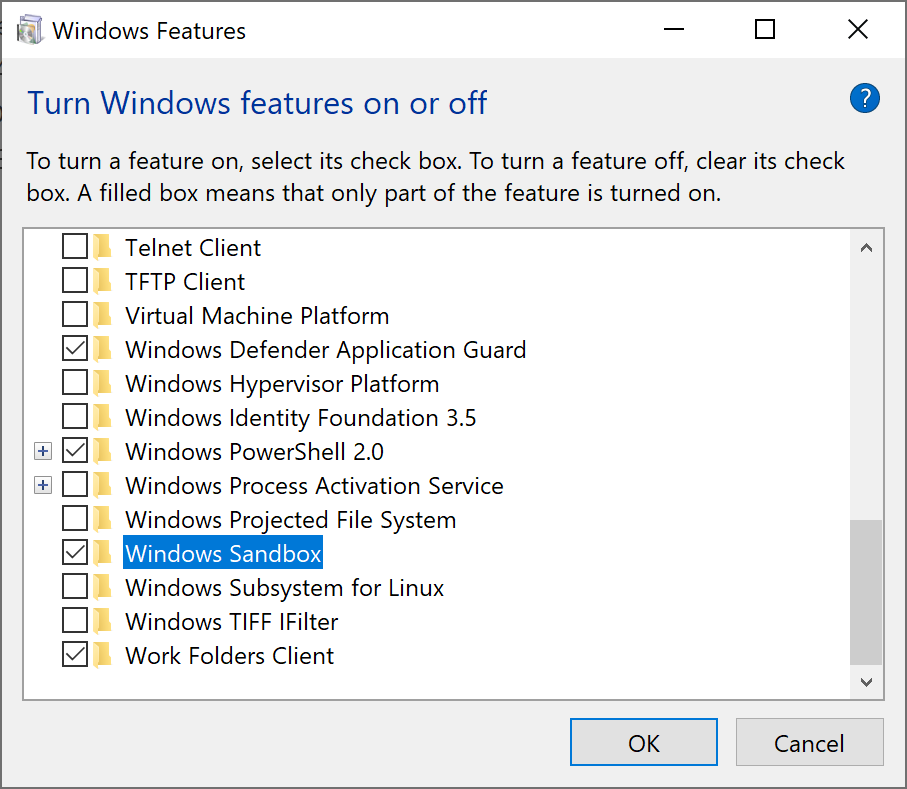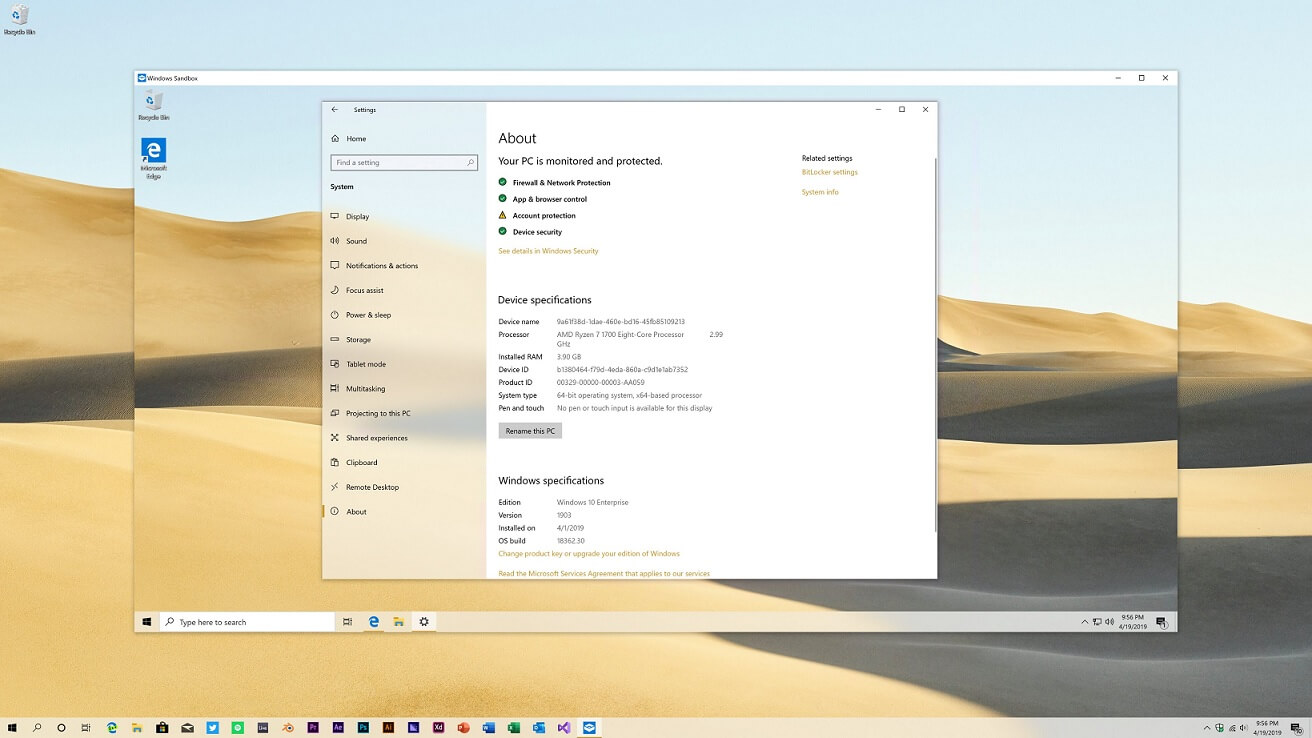Sandboxie can do whatever they want to do. I cannot tell Sandboxie what to do. SOPHOS are in charge of it and it's their decision as to whether they will update Sandboxie's model or not. However, due to the reputation Sandboxie has, it'd be ineffective for SOPHOS to bother from a business perspective. The name of the product alone keeps people away because it doesn't sound enterprise-grade and there's a lot of obsolete and redundant information on how it works which are no longer true today - as we saw from the Sandboxie technical write-up Andy shared earlier on.
Things became harder for Sandboxie when Microsoft put an end to inline hooking on win32k.sys starting on Windows 8 or Windows 8.1. It doesn't help when Sandboxie's main user base evolve on MT and Wilders Security in 2019. There will be users outside the forum, but I predict it would be less than 500, which isn't much at all compared to how many customers SOPHOS will have across their normal home and business consumer goods.
It would be in SOPHOS's best interest to make a new project which is aimed at enterprise and uses a modern sandbox system design, vetted by professionals who have worked in the industry with companies like Microsoft, Google and VMware. SOPHOS can afford it. If it is successful and after a lot of penetration testing, slowly implement a mini version into the SOPHOS home consumer AV services and leverage the technology to tackle new malicious software.
In other words, a new sandbox system which isn't aimed for computer geeks on the forums. The issue with computer geeks is they constantly change their minds on what they want - the forums are even worse where people drop something from one bad test. Due to this, projects are dropping like flies because the market changes and people lose interest.
Literally everything is a factor when it comes to making sales and a product successful and failing. Everything from the name and logo of the product to the website, marketing, user interface and requirements for using the software. The software isn't friendly for non-technical people because of the issues that can be caused with it - novices cannot understand why issues occur and how to solve them. And... it isn't friendly for enterprise consumers either. Due to this, SOPHOS was left with a dead and failing business. In other words, SOPHOS wasted whatever money they spent on it.
SOPHOS's best bet is trying to sell the project off to anyone daring enough to actually buy it and give it a shot, and then start a fresh sandbox system project to integrate into their home and consumer existing services. However, due to how Sandboxie works and how the market has adapted over the years, I doubt they'd be able to find someone willing to pay that much for it.
That is what I would do if I was SOPHOS but it's up to them. I'm not SOPHOS. Only SOPHOS can decide what SOPHOS do.
Of course, this post is based on speculation regarding how Sandboxie's business is doing. There are no statistic references. It's opinionated.



